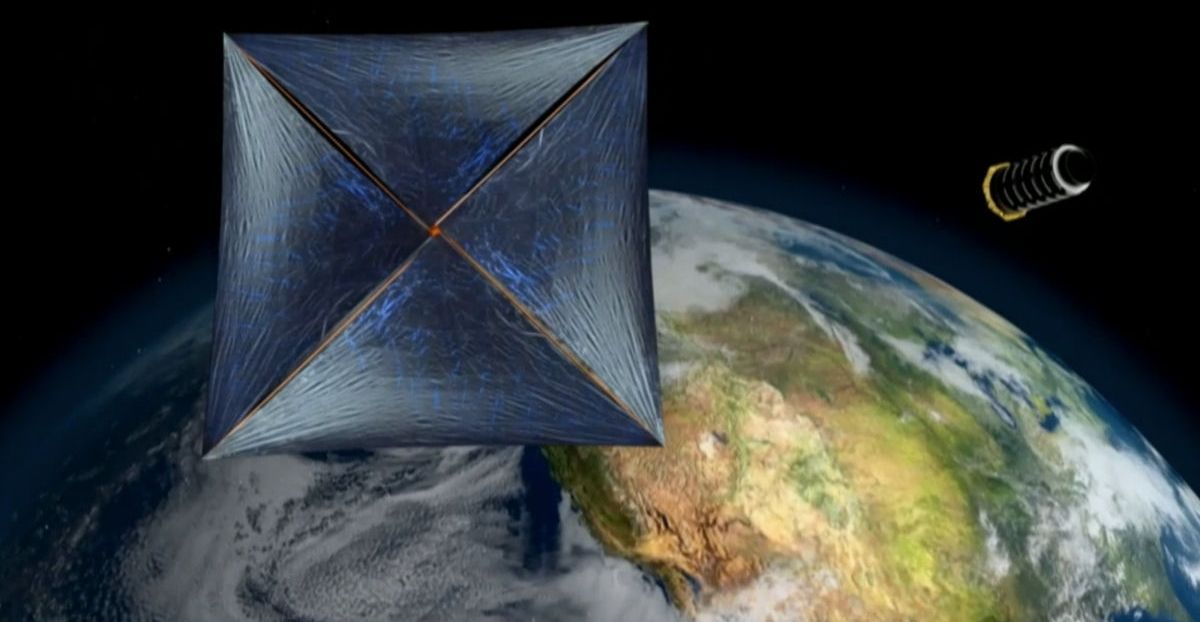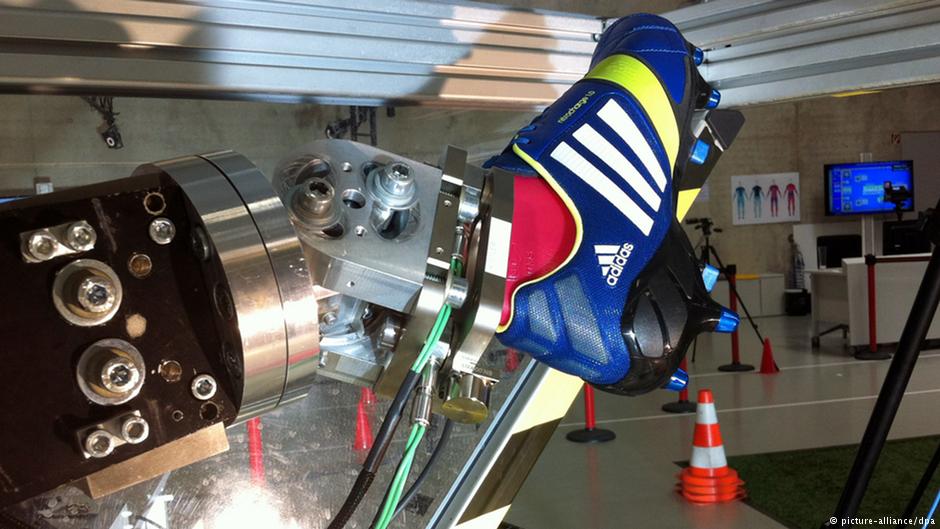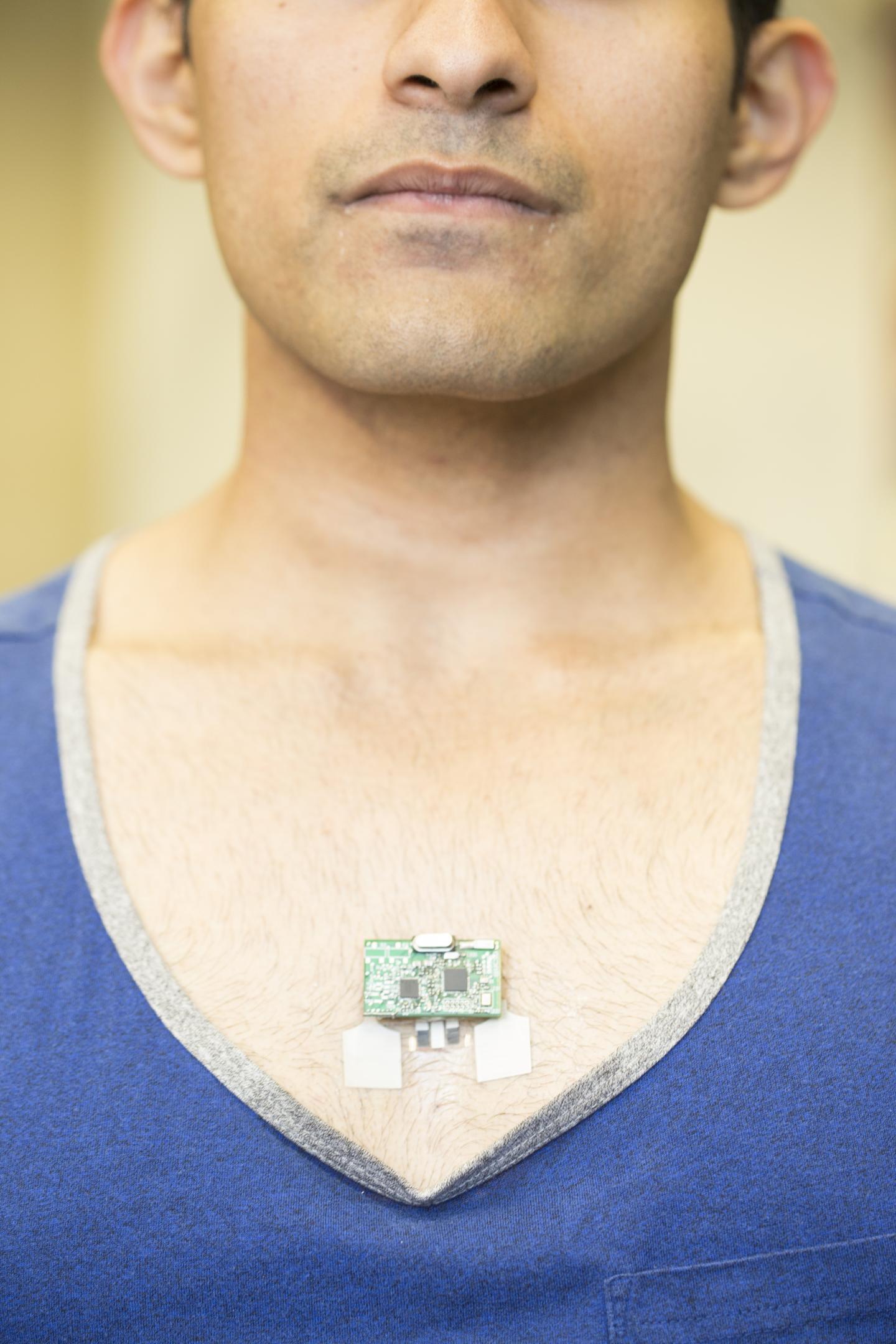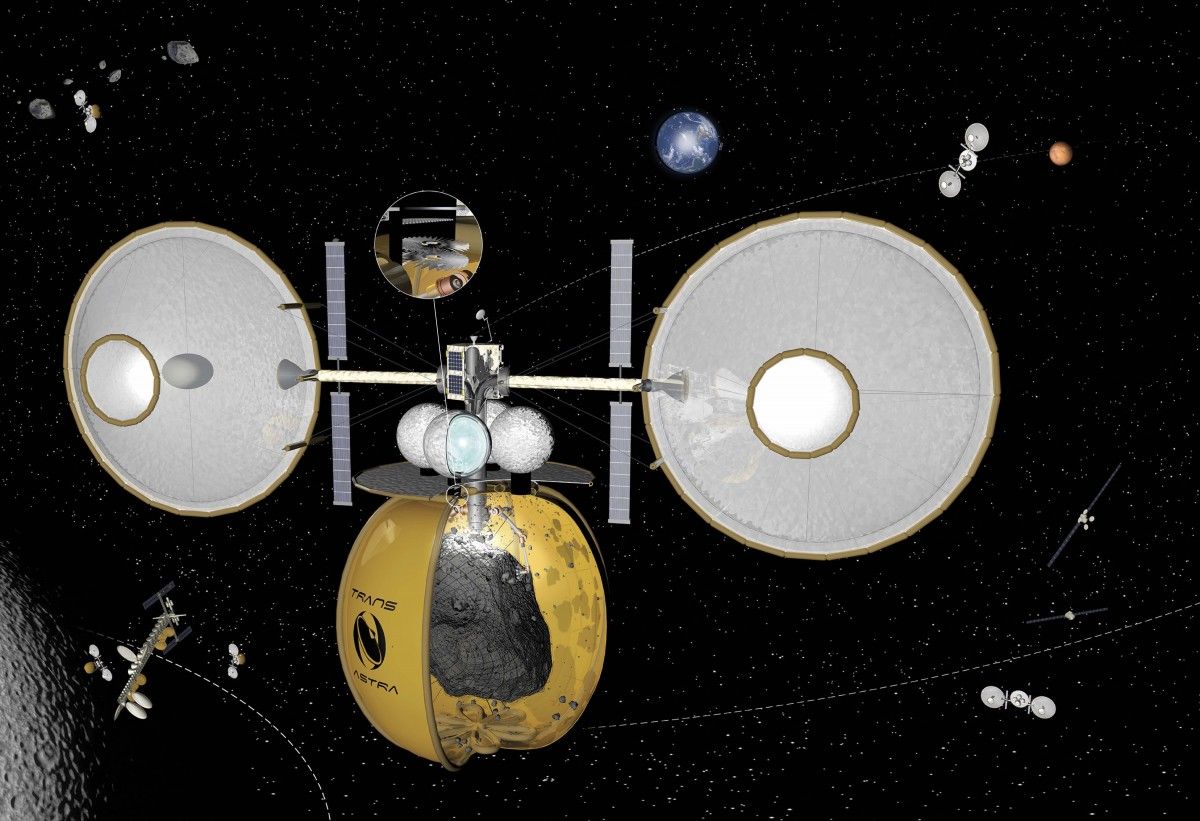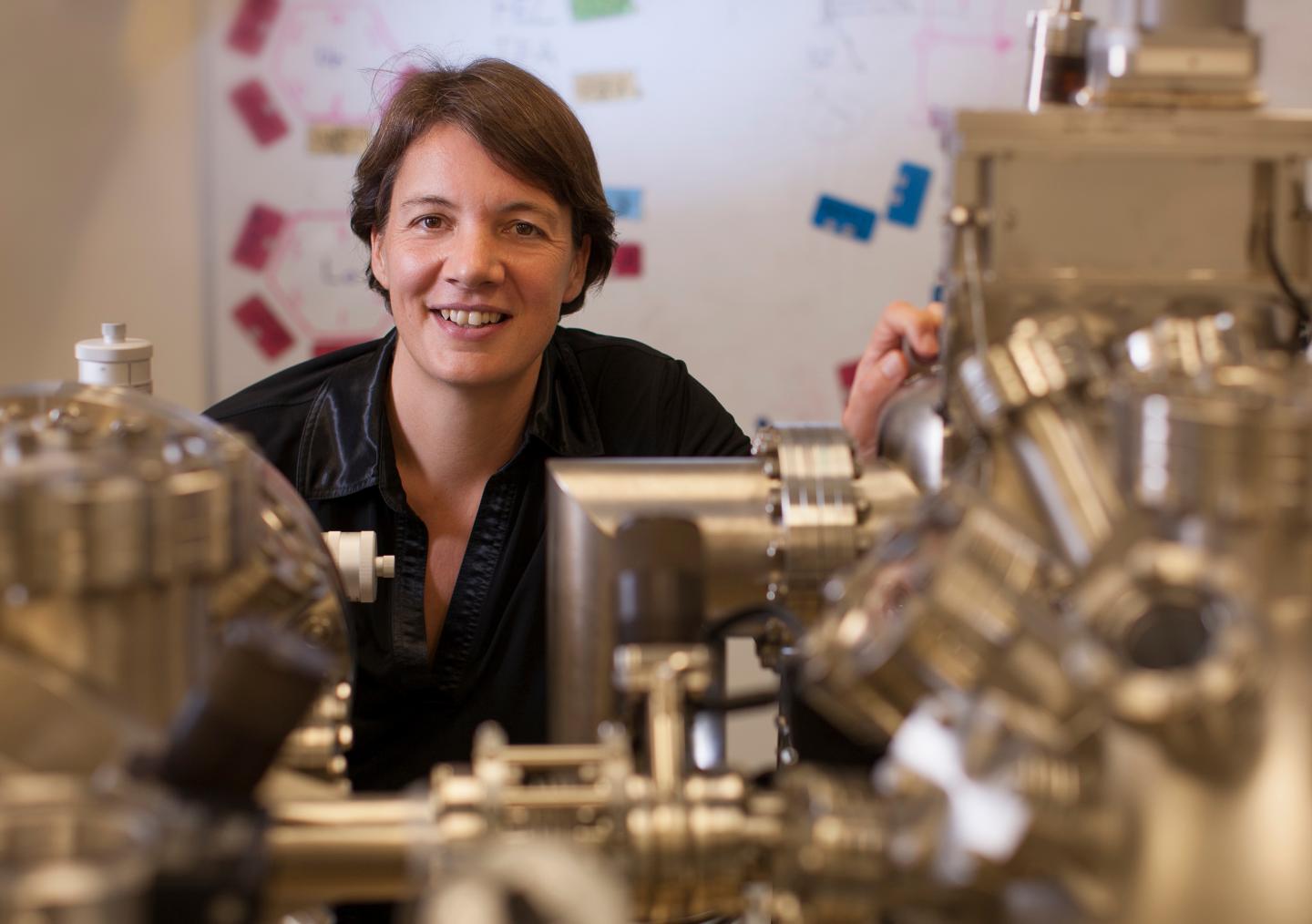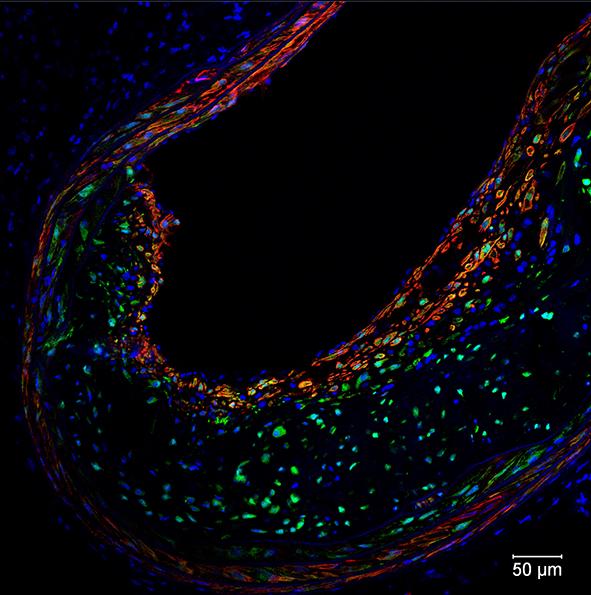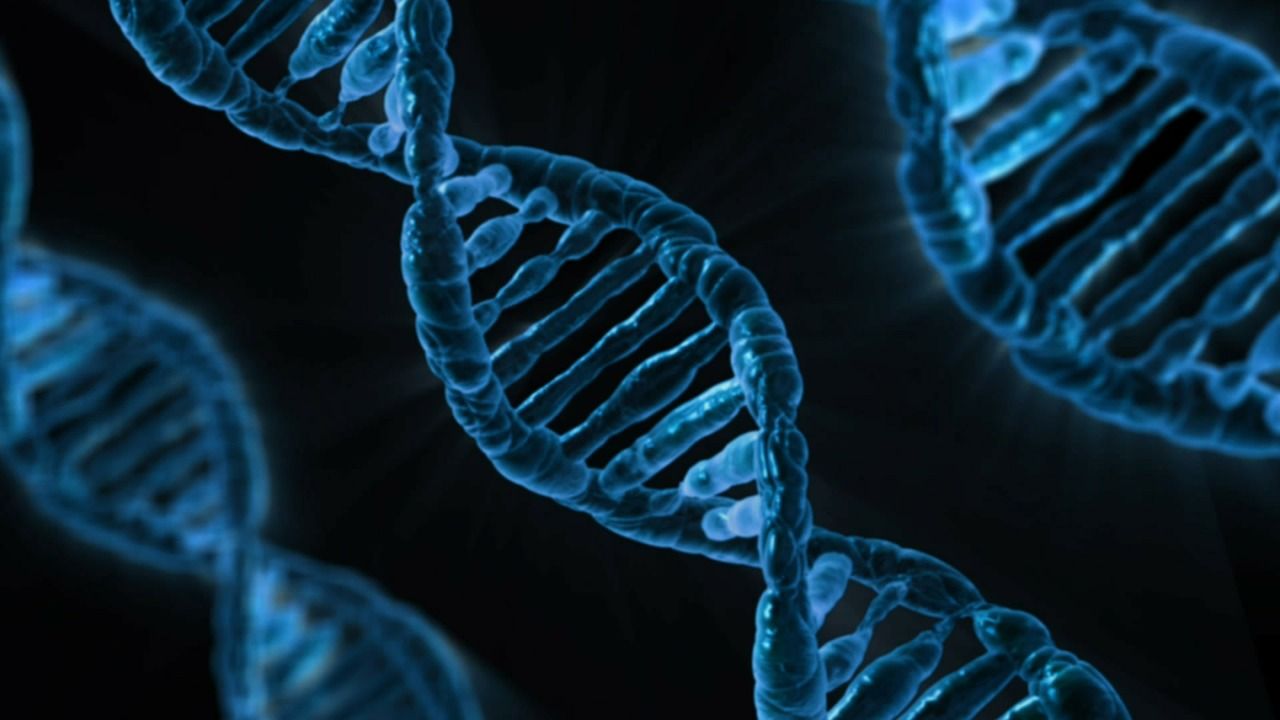May 25, 2016
Lasers Could Blast Astronauts to Mars, Protect Earth from Asteroids
Posted by Klaus Baldauf in categories: innovation, space travel
The same laser system being developed to blast tiny spacecraft between the stars could also launch human missions to Mars, protect Earth from dangerous asteroids and help get rid of space junk, project leaders say.
Last month, famed physicist Stephen Hawking and other researchers announced Breakthrough Starshot, a $100 million project that aims to build prototype light-propelled “wafersats” that could reach the nearby Alpha Centauri star system just 20 years after launch.
The basic idea behind Breakthrough Starshot has been developed primarily by astrophysicist Philip Lubin of the University of California, Santa Barbara, who has twice received funding from the NASA Innovative Advanced Concepts (NIAC) program to develop the laser propulsion system. [Stephen Hawking Video: ‘Transcending Our Limits’ with Breakthrough Starshot].
Continue reading “Lasers Could Blast Astronauts to Mars, Protect Earth from Asteroids” »
